Senna
The seeds of this superb documentary were sewn in the mind of producer James Gay-Rees as a boy in the mid-‘80s. His father was an account director with John Player Special and regularly got to work with Ayrton Senna during his Lotus years. Gay-Rees explained to me, “My Dad would invariably come back from these exotic locations, relaying these incredible anecdotes about him. I was so fascinated by this guy who seemed so different and so ‘other’. That stayed with me as a romantic notion.” So much so that in 2004, with an impressive list of film drama and documentary productions on his resume, when Gay-Rees read a Times article on the tenth anniversary of Senna’s death, “it tallied with what my Dad had told me, in terms of the ‘otherness’ and almost zen-like intensity. And that really gave me the idea for the movie.”
Working Title Films is best known as the outfit behind Four Weddings and a Funeral, and neither it nor parent company Universal Pictures had ever produced a documentary. Yet Gay-Rees’ approach to Working Title would prove key, for its Chairman Eric Fellner introduced him to a colleague’s husband, Manish Pandey. A doctor by profession but an F1 expert in general and a Senna fanatic in particular, Pandey came on board as screenplay writer and devised a three-act structure: Act I would show Senna’s rise to F1 prominence, Act II would portray his intense rivalry with Alain Prost, and Act III would deal with what Niki Lauda memorably described as the weekend God removed his hand from over F1: the 1994 San Marino GP meeting.
The third key recruit to the team was Asif Kapadia, a former colleague of Gay-Rees who had impressed James with his debut feature, The Warrior. “It’s intense and dramatic, like a period Indian western. . . . We knew someone who was that strong visually would have a chance of taking what can be prosaic, mundane footage of cars going round and round in circles and making it cinematic.”
Kapadia certainly succeeds in that challenge, and deserves great credit for eschewing a narrator and retrospective “talking head” interviews. This gives the movie its distinctive feel, and keeps Senna himself the absolute center of attention. Many of the driver’s own opinions and recollections come from a wide-ranging radio interview with Canadian writer Gerald Donaldson, who thought he had recorded over the conversation. Fortunately, to Kapadia’s great relief, Donaldson found the tape in his garage!
Other key voices heard on the soundtrack belong to Ron Dennis and Frank Williams (Senna’s bosses for the majority of his time in F1), his great friend and GP doctor Professor Sid Watkins, and some of the world’s finest motor racing journalists: Brazilian Reginaldo Leme, American John Bisignano, Belgium’s Pierre van Vliet, and Britain’s Richard Williams, whose The Death of Ayrton Senna (ISBN 0-670-86295-9) is the finest of the plethora of Senna biographies.
But this superb cast could never have been assembled without the support of two other parties: Senna’s family and Bernie Ecclestone. Gay-Rees: “The family liked the idea of Senna telling his story in his own words. It was the documentary angle which they liked. The key to getting Bernie was getting them. We negotiated a very fair deal for the footage and he was incredibly helpful. Neither had any editorial control over the movie at all. We went forward on trust.”
Formula One Management’s archive is a veritable goldmine. The production team spent weeks there, reviewing thousands of hours of material, and the results are mesmerizing. If anything, the on-board footage (only ever from Senna’s car) is better than current material: filmed from the side of the airbox, the images are almost in line with his eyes, whereas today the camera sits above the airbox, leaving the TV viewer detached from the driver. We ride with Senna on his pole lap at Jerez in 1990, just moments after he has witnessed Watkins’ successful attempt to save the life of critically injured Lotus driver Martin Donnelly. As he skitters through the right-hander where Donnelly crashed, and makes an abrupt steering correction on the exit of the final corner, his commitment and courage are absorbing.
The footage of drivers’ briefings is equally captivating. When Senna walks out of the meeting shortly before his collision with Prost at Suzuka in 1990—“Last year was really bad for me, I’m sorry”—it does not excuse his on-track behavior, but it does explain his state of mind. During the briefing at Hockenheim the following year, the drivers snigger like naughty schoolboys as the haughty FIA President Jean-Marie Balestre tells them, “The best decision is my decision.”
Away from the circuits, some delightful family videos, provided by the driver’s father Leonardo, capture Senna on holiday—water-skiing, playing in the surf and, very occasionally, at rest. And throughout, Antonio Pinto’s wonderful score, by turns triumphant and poignant, adds a further dimension.
Kapadia’s three-act screenplay works to perfection. Act I opens with some grainy footage of Senna’s karting days, then captures him in the cockpit of a Williams, moments before his first test in a GP car. Here, we learn of a key aspect of his character: “I think God gave me this chance [for] which I have been waiting for so long. And now He is helping me stay calm, relaxed, tranquil.”
Other traits are revealed in the depiction of his first notable F1 drive, in torrential rain at Monaco in 1984. His uncanny car control enables him to close on Prost at three seconds a lap, prompting BBC commentator James Hunt to say, “I think we are watching the arrival of Ayrton Senna as a truly outstanding talent.” The race is stopped before Senna can overtake Prost, and we hear him rail against authority for the first time: “Formula One is political, it is money, and when you are small you have to go through this.” And his overwhelming ambition is clear when he is asked if he will stay with Toleman (he was in the first year of a three-year contract). He replies, “I believe that if you are doing something like competing, like motor racing, you either do well or forget it.”
A powerful scene follows which requires no words at all. Prost trundles down the pit lane towards us, and as his car is pushed into his garage, Senna’s yellow helmet is revealed in the cockpit of a black and gold Lotus. The inference is clear: look out Alain, I’m behind you. Another hypnotic moment comes in the sunshine of Adelaide. Senna’s driving is spellbinding, the car twitching in almost every corner as he dances on the very edge of adhesion. Over this, Ron Dennis explains what he saw in the Brazilian, and why he wanted him at McLaren: “pace and dedication, but in the end what you’re looking for is an intellect, and I thought this guy’s got what it takes.”
And so to Act II, the rivalry with Prost. Let me be clear here. The movie is called Senna, it is about him and enjoys the support of his family. It is, in effect, an authorized biography, and one cannot expect a totally objective portrayal of the conflict. Yet at no time is Prost painted as a pantomime villain, and many of his criticisms of Senna from the time are shown: “Ayrton has a small problem. He thinks he cannot kill himself because he believes in God and I think it is very dangerous for the other drivers.”
At the outset of their McLaren partnership, in 1988, they are shown joking about each other’s prospects, then Dennis’s voice rings through: “I think you could see smiles but at the same time some slightly strange body language as they realized just where they were and what was going to unfold—Alain, who obviously felt he was nested down at McLaren, and a young pretender coming in and really threatening that position.”
The first on-board footage will shock modern-day F1 followers. Senna’s right hand spends so much of a Monaco lap changing gear that he is effectively driving one-handed. The most memorable quote of all from Donaldson’s interview leaves the viewer in awe: “The circuit for me was a tunnel . . . I realized I was way beyond my conscious understanding.”
The 1989 season is compacted into a single race, Suzuka. Senna reels Prost in, they collide at the chicane, Senna restarts and wins but is disqualified, handing the championship to Prost. A superb clip, taken outside the window of the stewards’ room, catches the ensuing debate with Senna, Prost, Dennis and Balestre each arguing his case. The following scene is equally compelling, as Dennis shows footage of other drivers using the chicane escape road at Suzuka without sanction.
Soon, we are back in Japan for the climax of the 1990 season, when Senna clinches his second championship by ploughing into the back of Prost, now in a Ferrari. It is a wretched way for the year-long duel to be settled, and the movie is subtle in dealing with the aftermath. As Senna walks back down the pit lane Bisignano asks him what it feels like to be Champion. Senna smiles wanly and says, “It’s not a bad feeling at all, is it?” And that is the extent of any celebration. As Gay-Rees explained to me, “He’s just won a world championship and nobody even gives him a pat on the back. If we hadn’t clearly illustrated that moment it would have been a bit myopic of us. It was such a pivotal moment and such a crazy, irrational thing to do that hopefully we did the job of highlighting the fact that there were two sides to his career.”
Act II draws to a close on the Adelaide podium in 1993, after Senna’s final GP win. He pulls Prost up on to the top step and embraces him. Only on the point of Prost’s final retirement from the sport can the complex Brazilian make peace with his great adversary.
Act III is ushered in by Senna exchanging McLaren’s red and white for the blue of Williams. Astonishingly, he spins chasing Schumacher’s Benetton in Brazil, and is pushed off at the first corner in Aida, the second consecutive race won by the German. Frank Williams explains, “It didn’t make sense that he was being blown away by the Benetton. He wanted us to protest, but we didn’t.” How Williams lives with that is not addressed in the movie, but the brutal fact is that Senna will crash fatally in the San Marino GP, trying to stay ahead of a car he believes to be illegal.
And so to Imola. Simtec driver Roland Ratzenberger is killed in qualifying, the first fatality at a GP meeting since 1982, and Senna is visibly distressed as he watches on a garage monitor the vain attempts to revive the Austrian. Sid Watkins reveals that he suggested to the Brazilian that day that they should both quit and go fishing. “He said, ‘Sid, I can’t quit.’”
It has been some time since we have seen on-board footage, which makes its use for the whole of Senna’s final lap all the more gripping. Coverage from this camera ended a split-second before the Williams veered right and hit the wall at Tamburello, and the next footage is from the end of the following straight, as the car cannons off the wall and spins to a halt. For a moment, the only noise is of the initial impact and the scraping of the underside of the car over the kerb and track. It is a sickeningly powerful sound, and just one example of how well sound and vision are edited throughout the movie.
How should you watch it? In a cinema house with a large screen and surround sound, the on-board footage and screaming noise are mesmerizing. But with a DVD you get bonus material. The entire 106-minute movie is played a second time, with the sound turned down and Gay-Rees, Pandey, and Kapadia keeping up an entertaining, stimulating, and revealing commentary. The “lost” Donaldson radio interview is provided in full, and many of the cast whose voices have been played on the soundtrack are interviewed on camera.
Regardless of how you choose to see Senna, just be sure you do. It captures the complexity and intensity of its subject in a highly compelling and original way, and becomes the reference point by which all sport documentaries will be judged in future.
Copyright 2012, Paul Kenny (speedreaders.info).
Senna
directed by Asif Kapadia
Universal Pictures, 2010
106 minutes, multi-lingual (subtitles in English), color, suitable for all audiences
List price: $22.99 / £8.99
ASIN: B004PYD770



 RSS Feed - Comments
RSS Feed - Comments
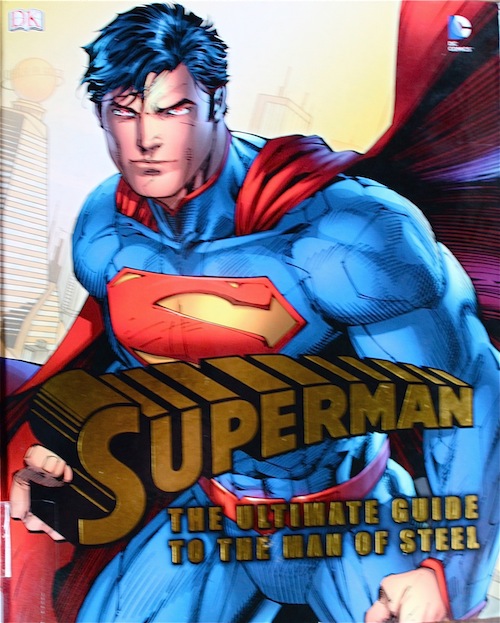
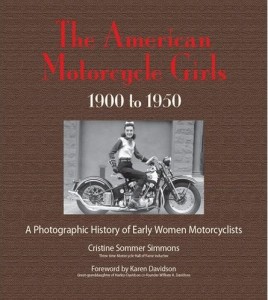
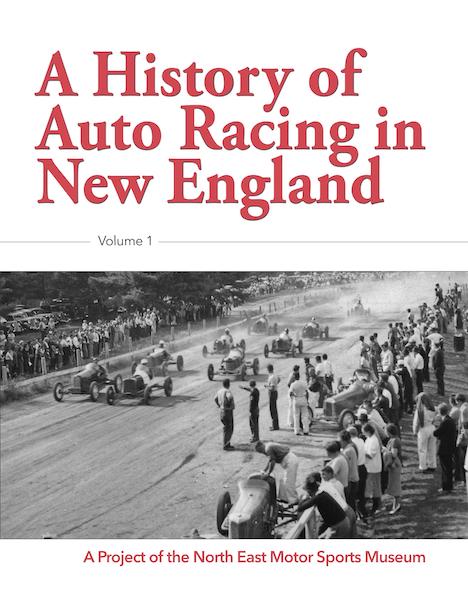
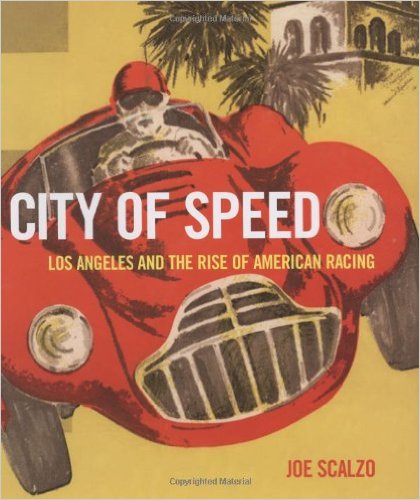
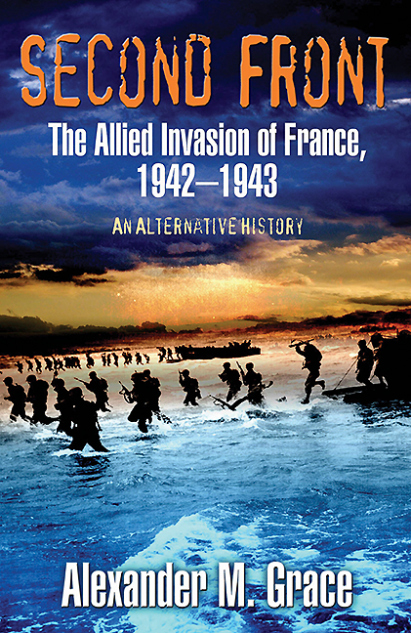

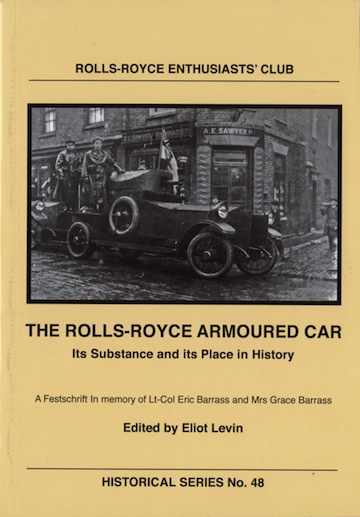
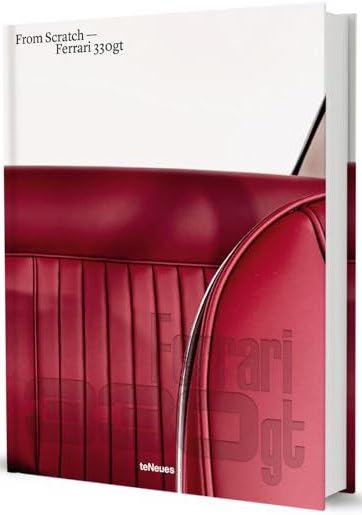
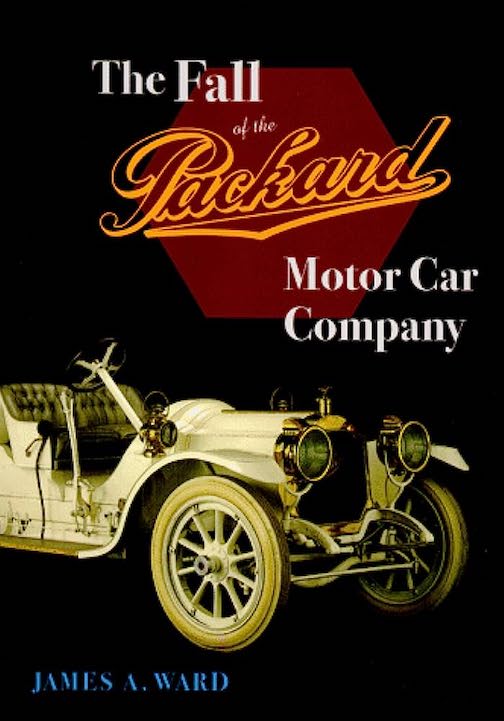

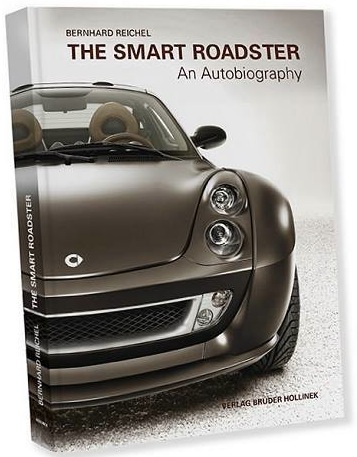

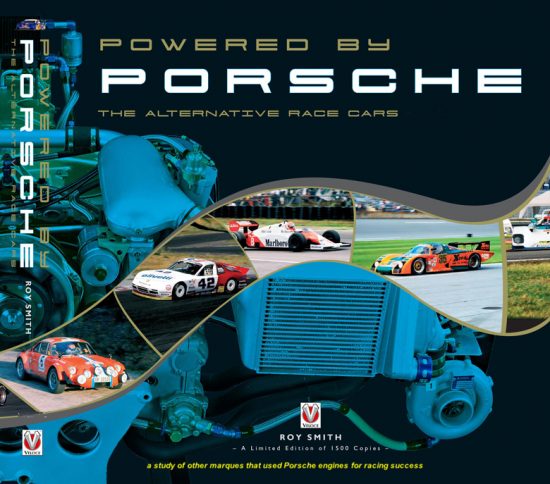
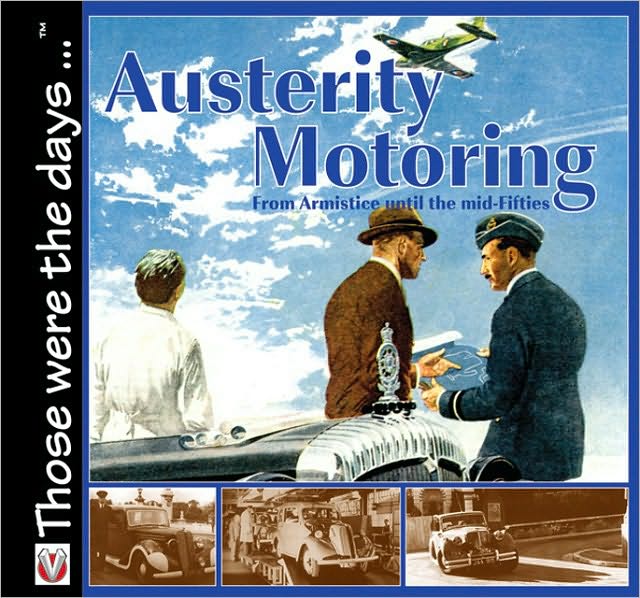
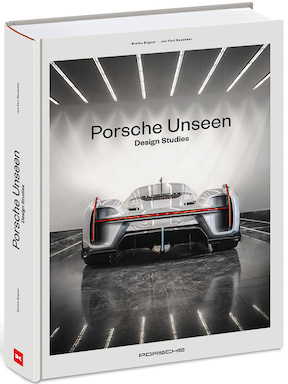
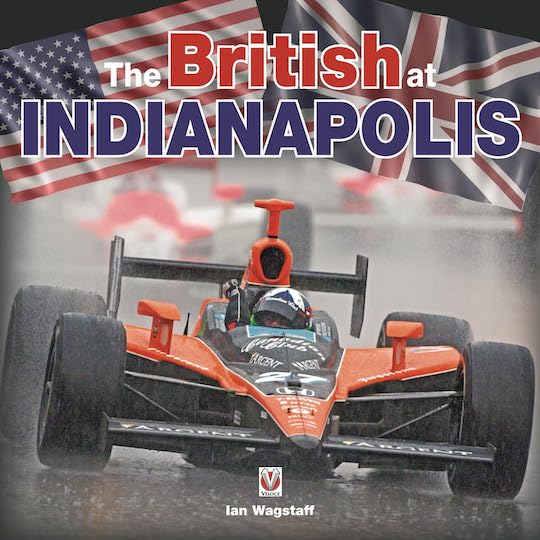
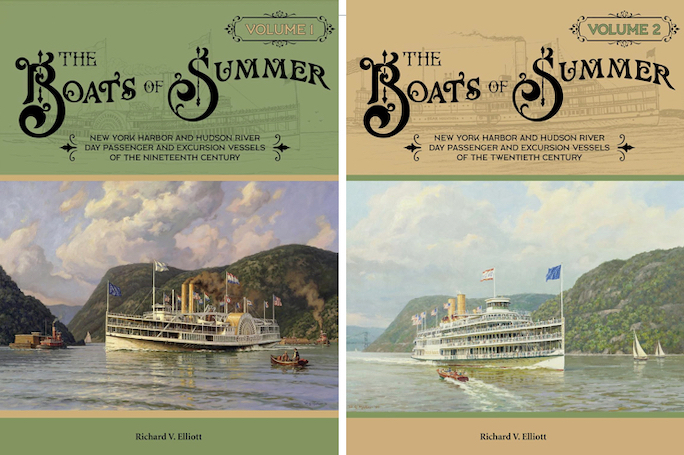
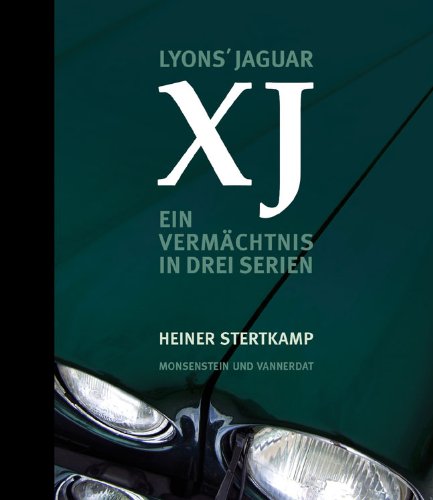
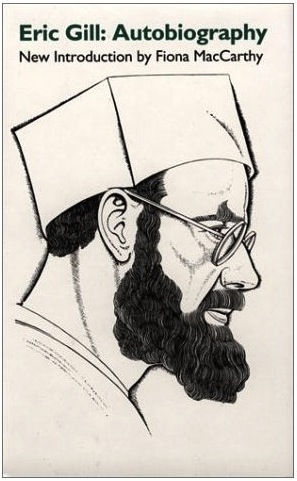
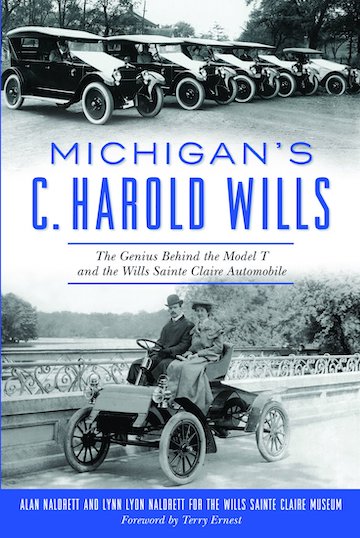
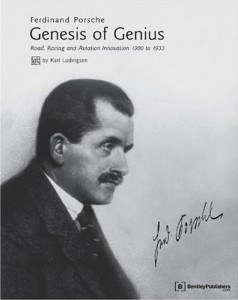

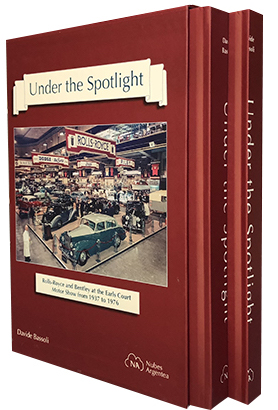
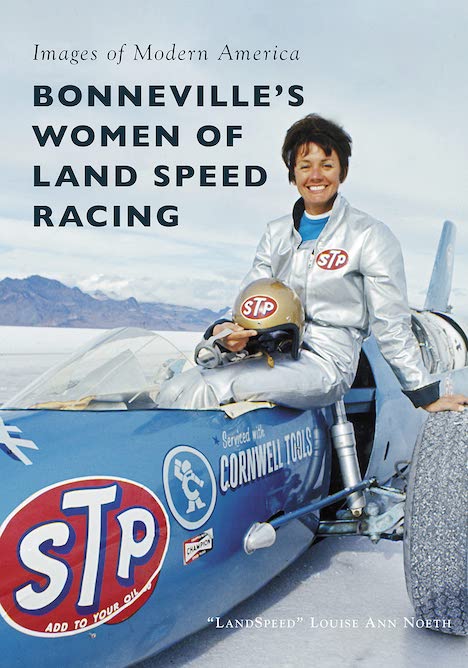

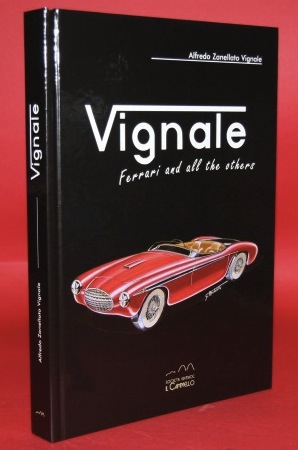

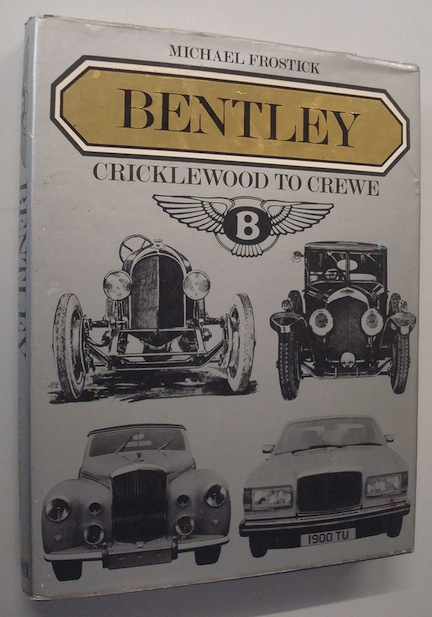

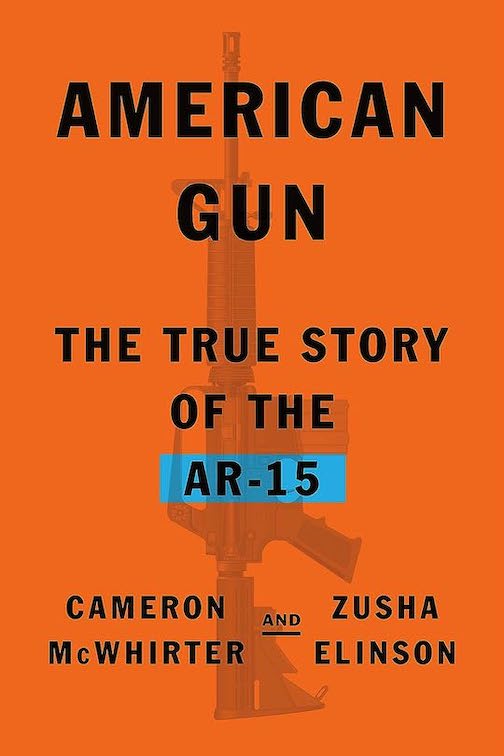
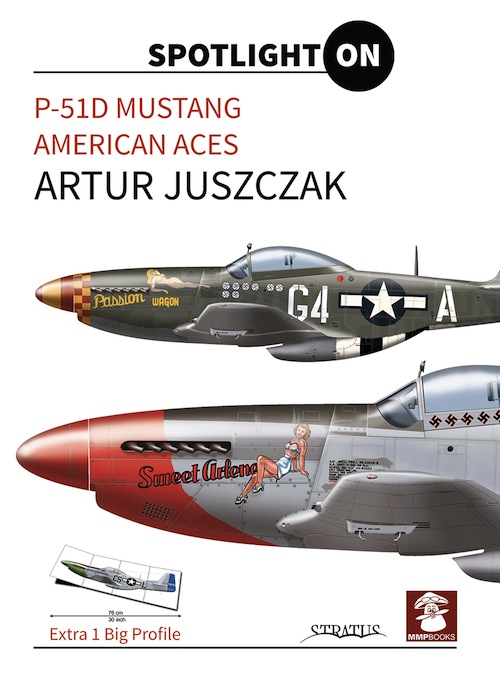
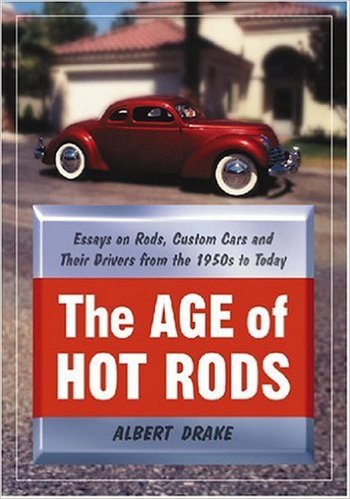
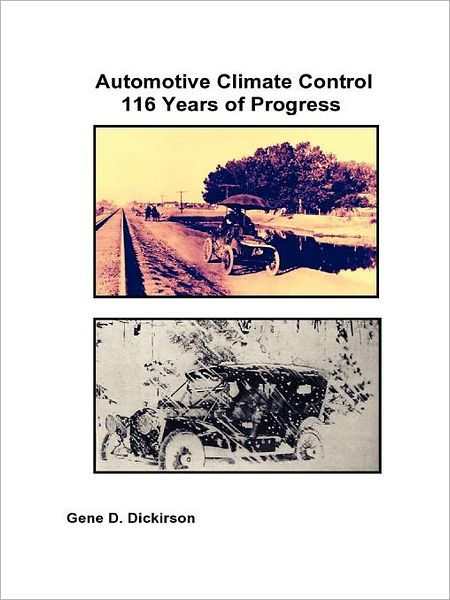
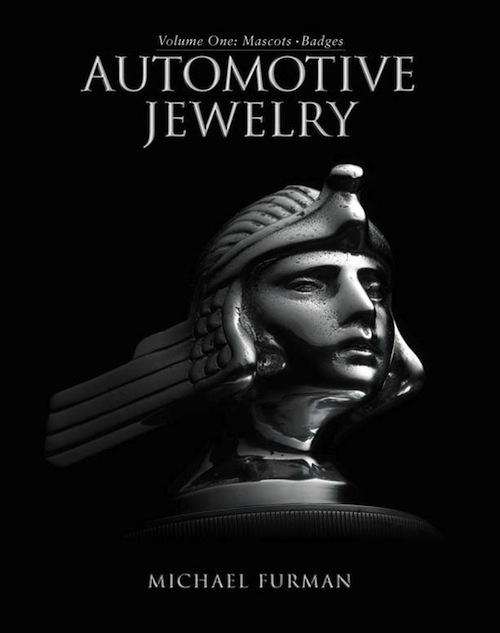
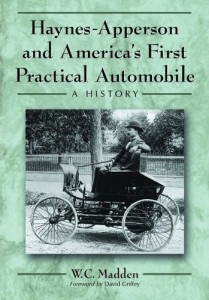
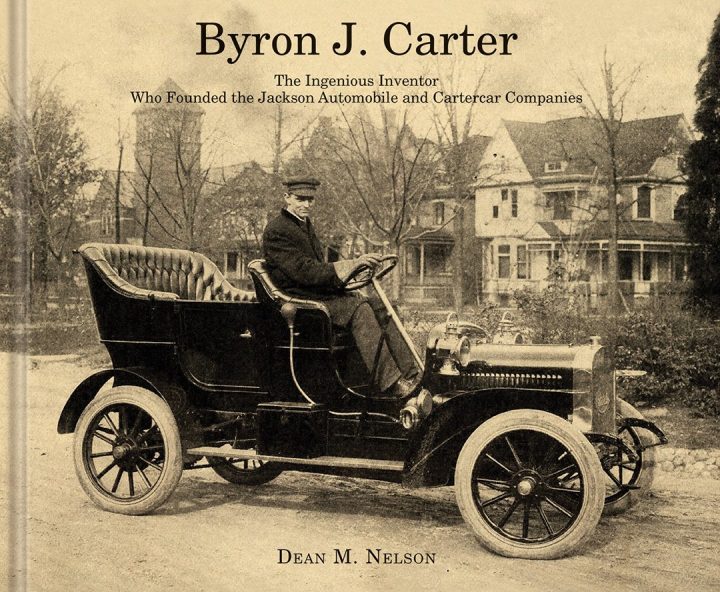
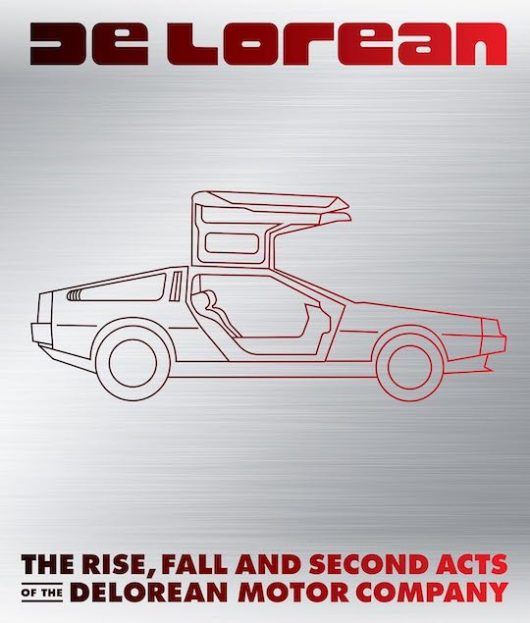

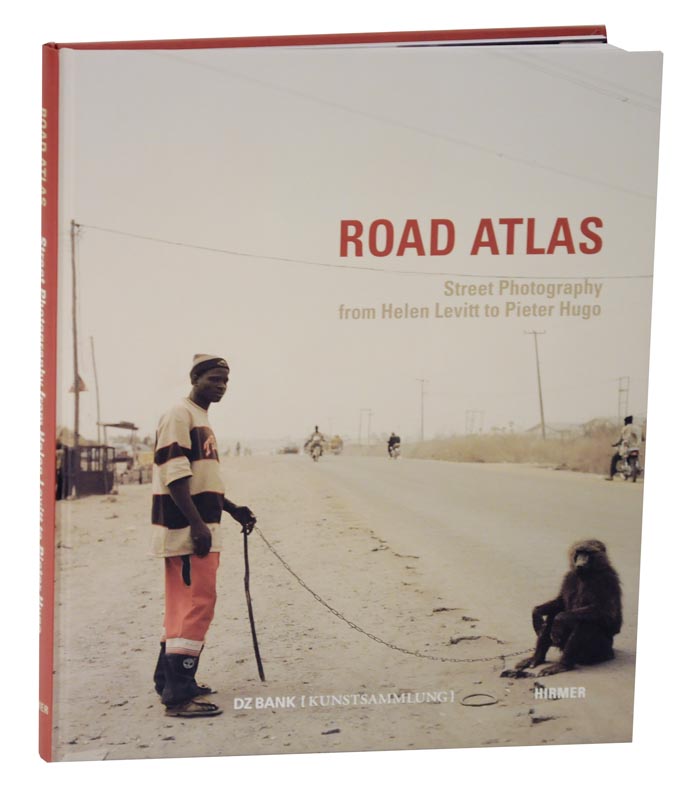
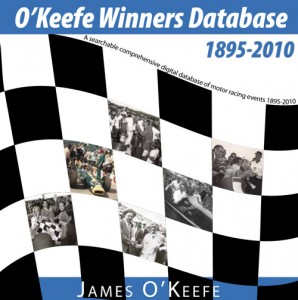
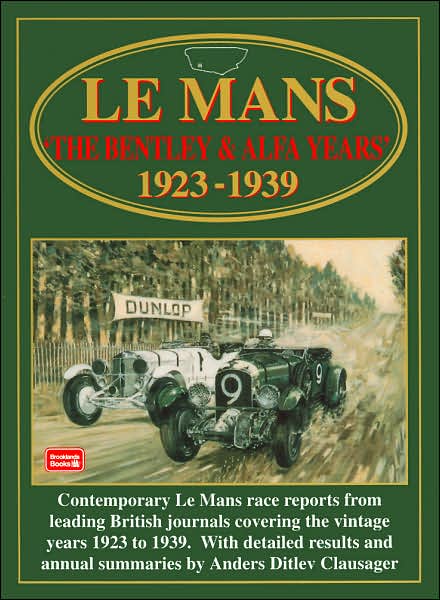
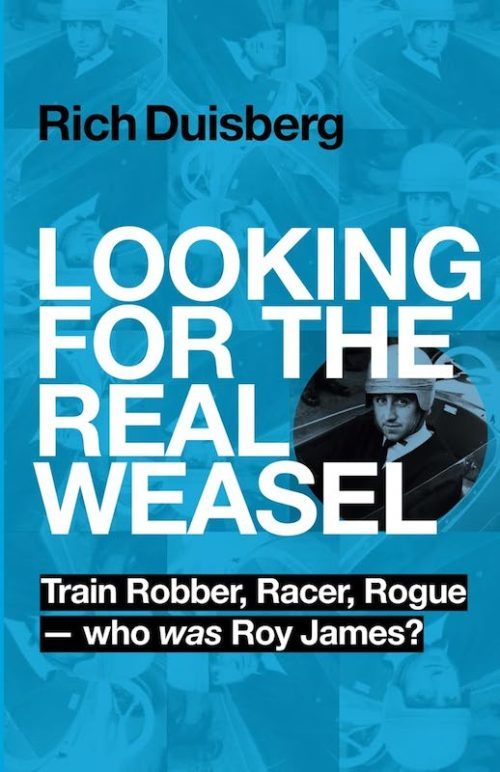
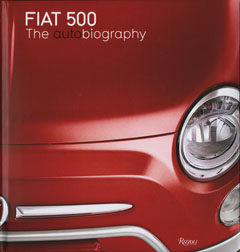
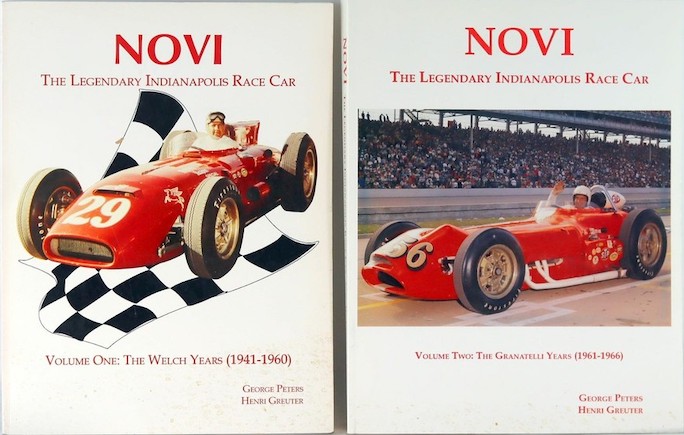
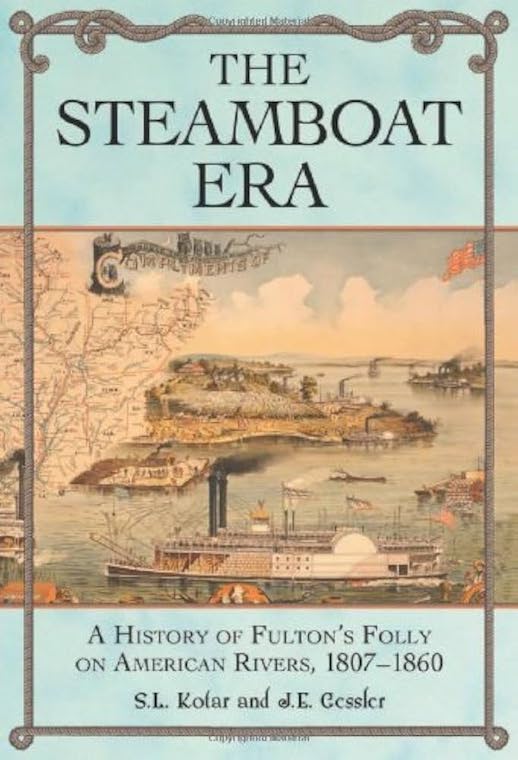

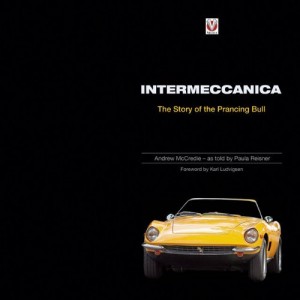
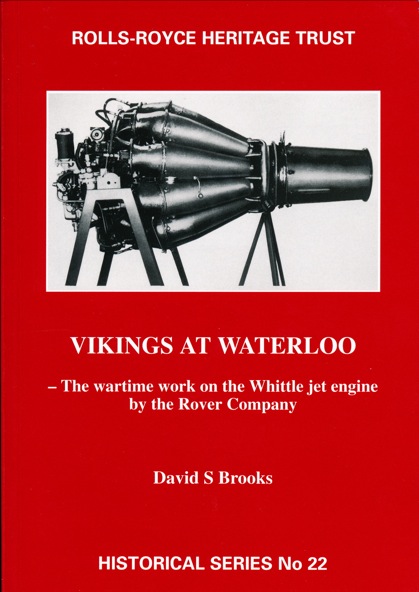
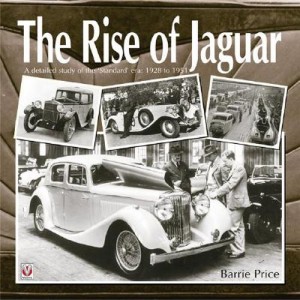
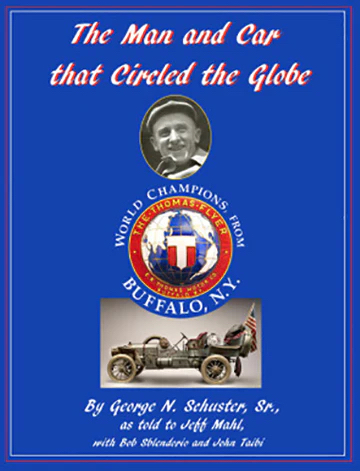
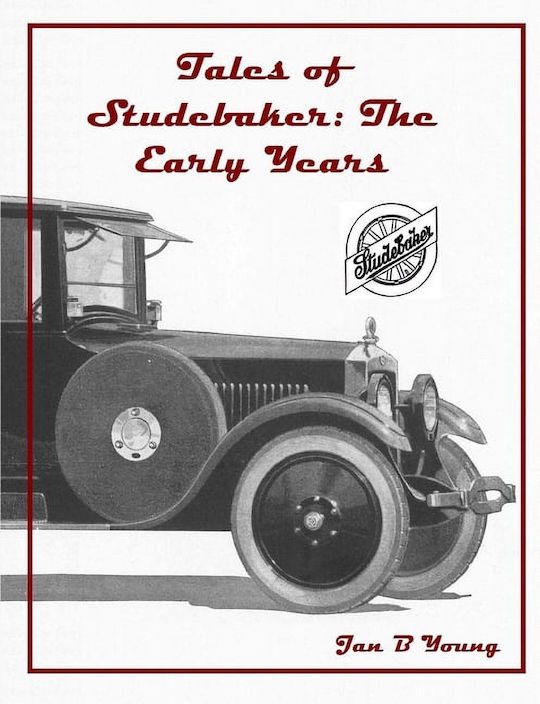
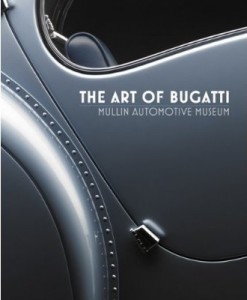
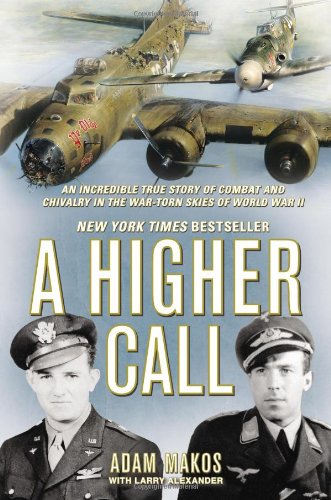
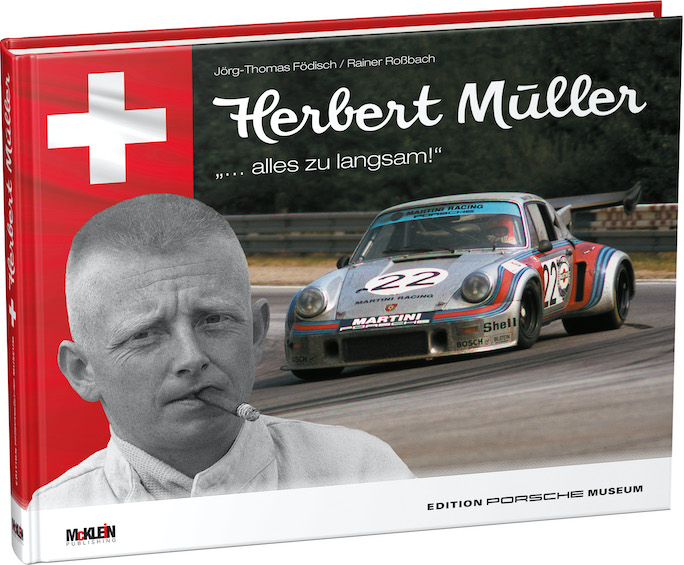
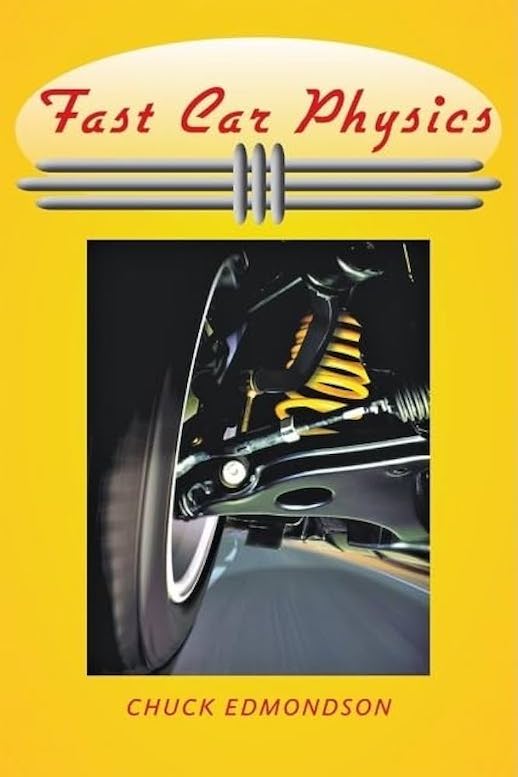
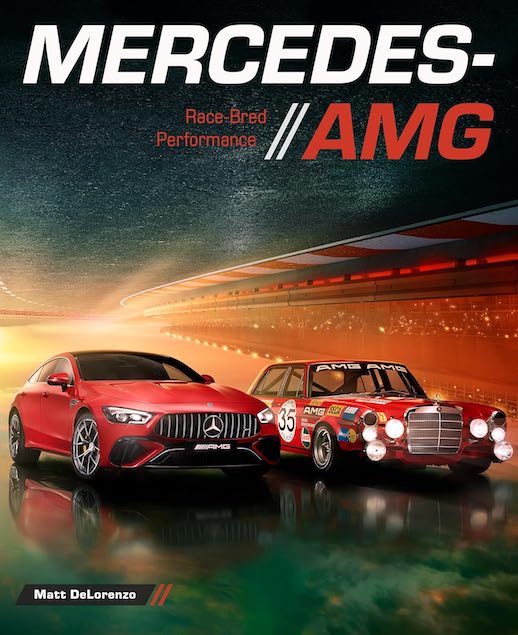
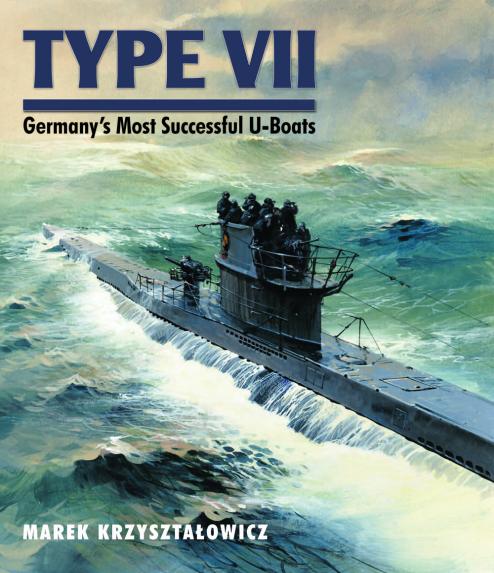
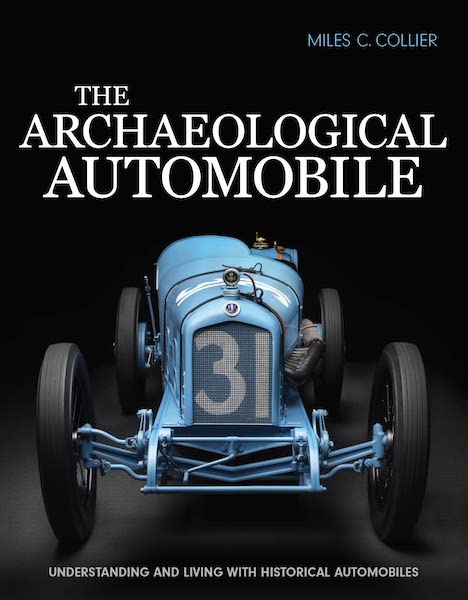
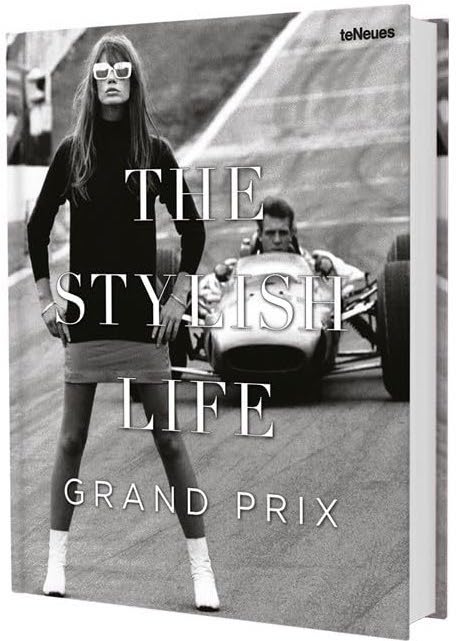
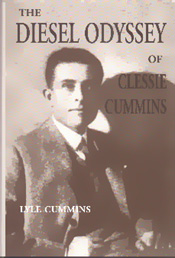
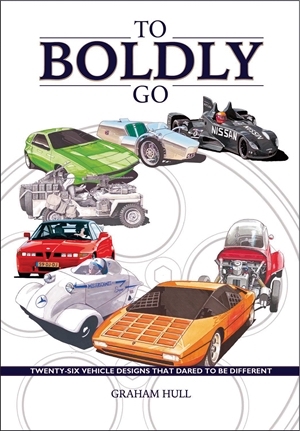
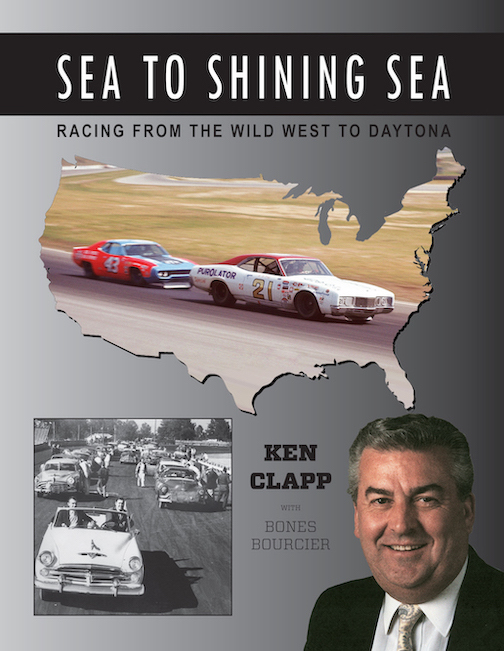
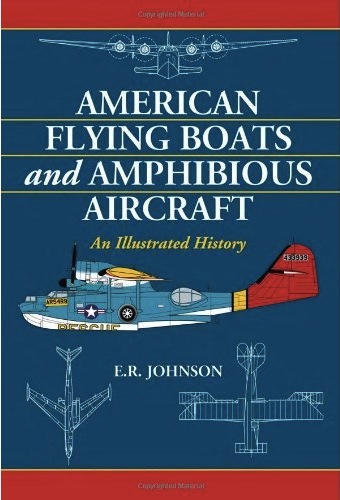
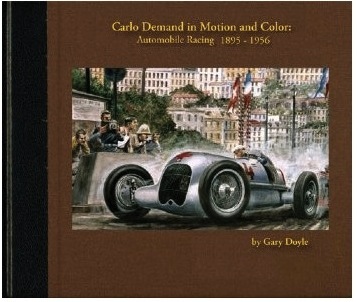
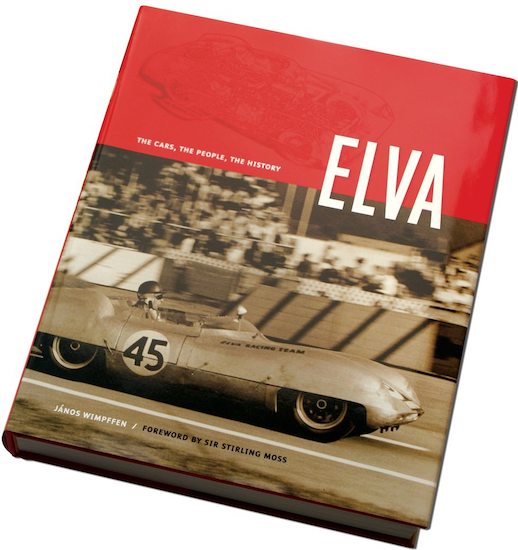

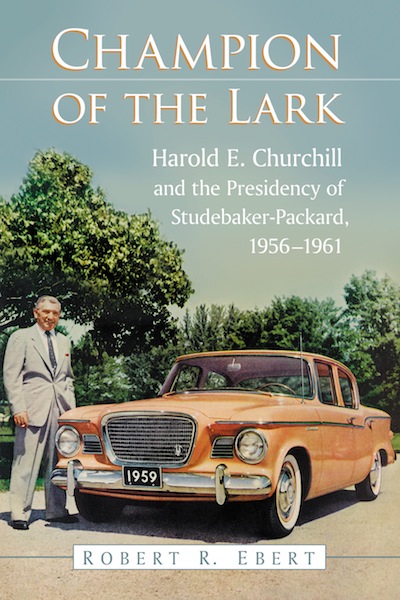
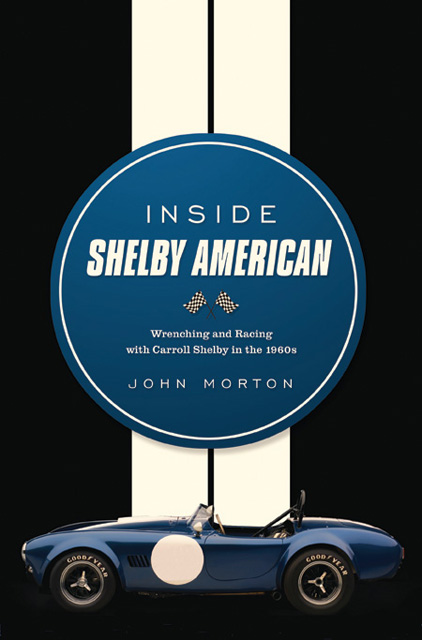
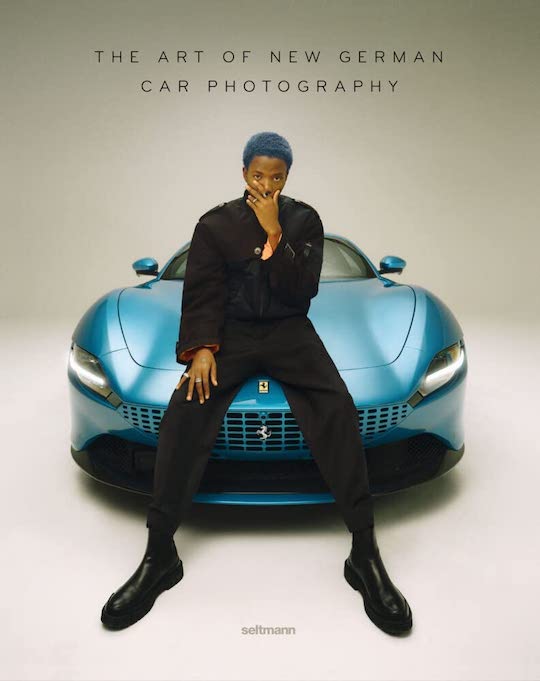

 Phone / Mail / Email
Phone / Mail / Email RSS Feed
RSS Feed Facebook
Facebook Twitter
Twitter